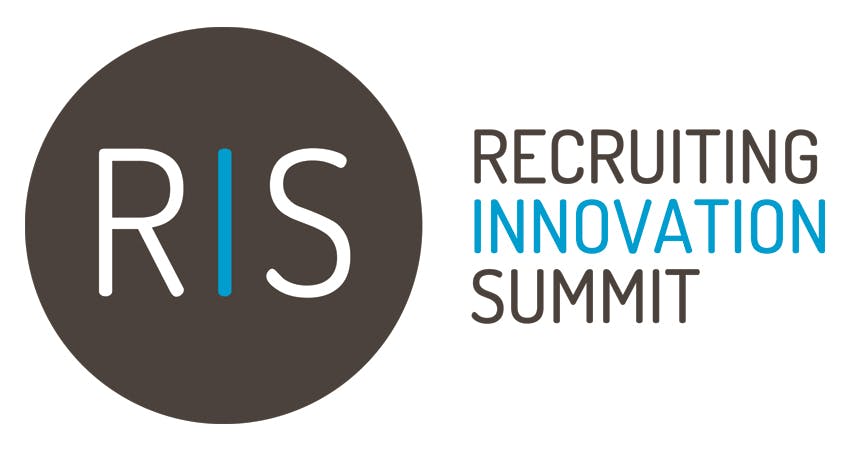By Jessica Cook
On Monday, April 2, 2012, U.S. Citizenship and Immigration Services (USCIS) will begin accepting FY 2013 H-1B cap-subject petitions for employment starting on October 1, 2012.
U.S. businesses use the H-1B visa to employ foreign workers in “professional” or “specialty occupation” positions. The H-1B visa allows for six (6) years of employment in the United States, which is extendable if the company sponsors the individual for permanent residence.
Why apply on April 2?
The law allows for 65,000 new H-1B visas to be issued each year, and an additional 20,000 visas are available to foreign workers with an advanced degree from a U.S. academic institution. Because there is a cap on the number of available visas each year, employers should take advantage of the April 2 filing opportunity to ensure they obtain an H-1B for any foreign workers they wish to employ in H-1B status as of October 1, 2012.
Certain employers are exempt from the H-1B cap, and can apply for an H-1B visa year-round. These include institutions of higher education such as universities, non-profit entities related to an institution of higher education, and non-profit or government-affiliated research organizations. In addition, foreign workers who have already been counted against the H-1B cap are not subject to the H-1B cap.
What position and worker qualifies for an H-1B?
Any position that requires at least a bachelor’s degree as a minimum qualification may qualify for an H-1B visa. In other words, if in the general labor market a candidate would usually need a bachelor’s degree to be hired for a given position, that position may be filled by an H-1B worker.
Similarly, the H-1B worker must possess a degree in a field related to the position being filled. If the H-1B worker does not have a formal educational degree, then 12 years of progressive experience in the field may be used instead to obtain the equivalent of a bachelor’s degree.
How do I prepare?
Although the FY 2012 H-1B cap was not reached until November 22, 2011, we cannot predict whether the cap will be reached quickly this year. Therefore, employers should immediately evaluate their hiring needs for this year and identify any current employees or potential hires who will need H-1B sponsorship.
Possible candidates for an H-1B visa include potential new hires or current employees working on another type of work visa, such as student (F-1/OPT), exchange visitor (J-1), intra-company transferee (L-1), or NAFTA professional (TN). Once employers have identified candidates for H-1B status, they should contact an immigration attorney to evaluate whether the offered position and the candidate’s credentials will support an H-1B petition and start preparing to file the H-1B case on April 2, 2012.
This was originally published on Fisher & Phillips Cross Border Employer Law blog.
